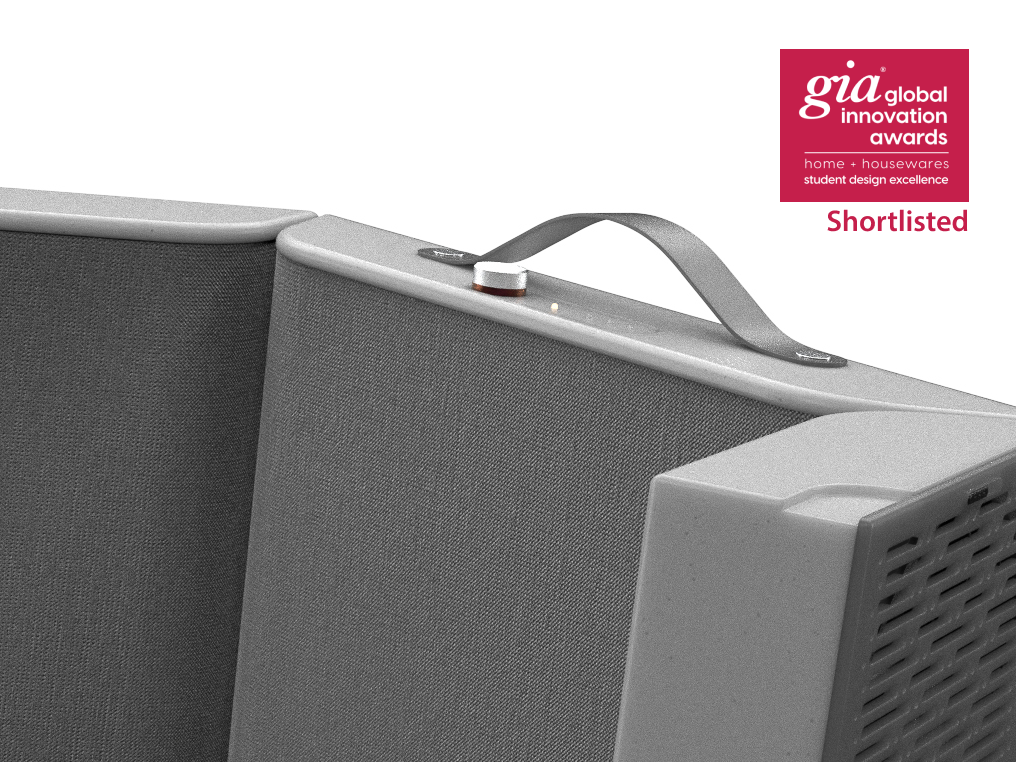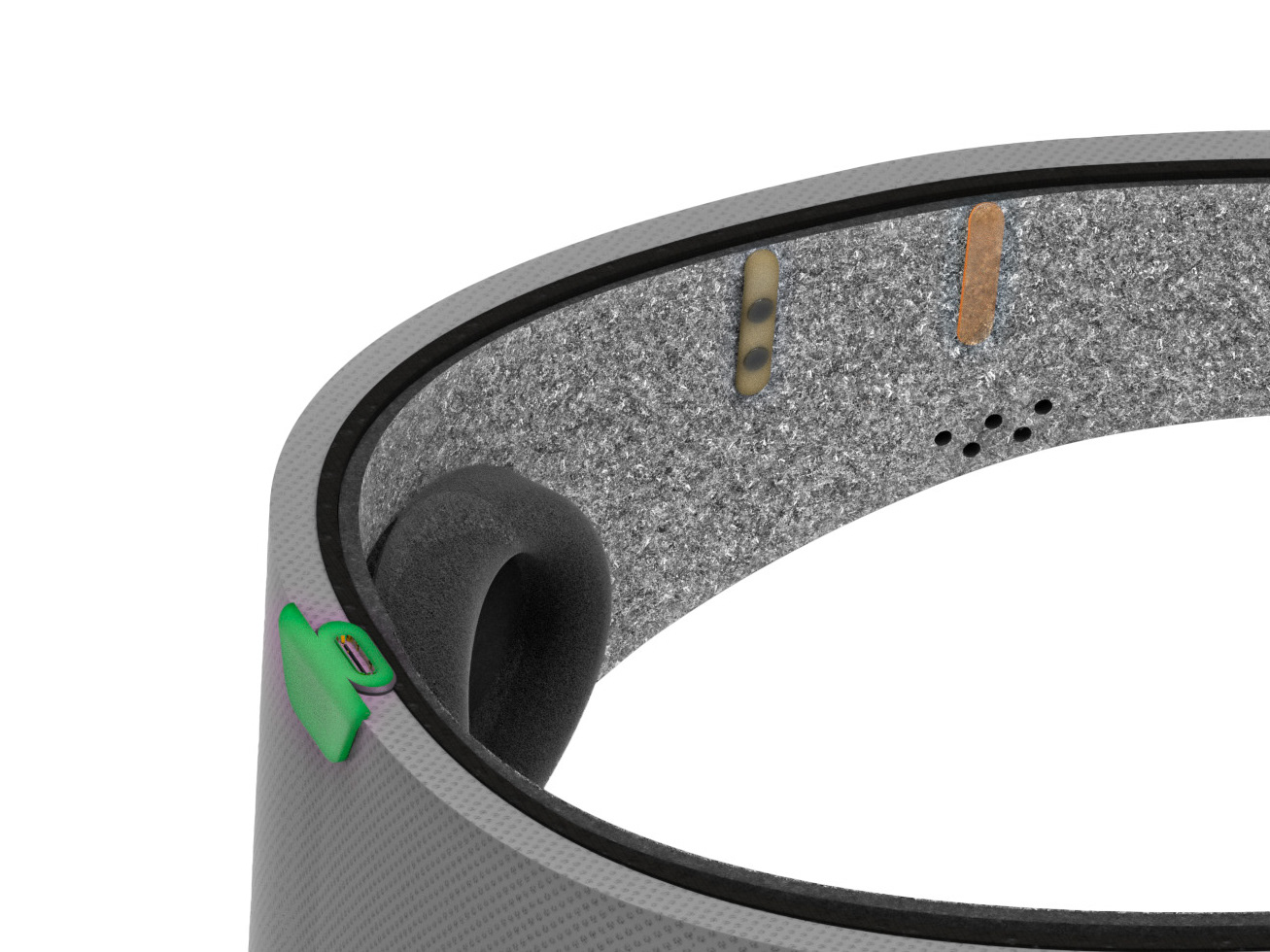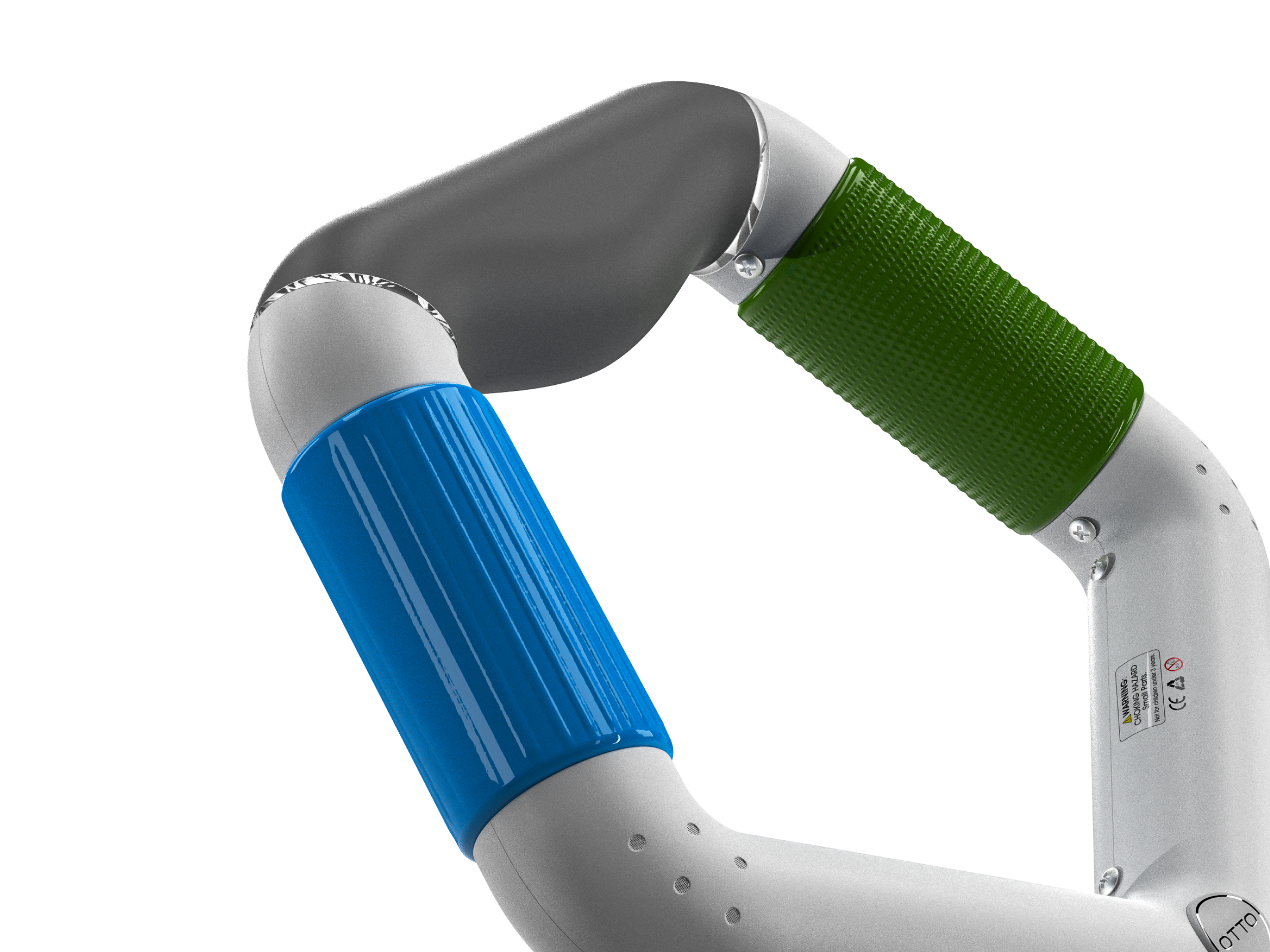Elevate Desktop Cannabis Vaporizer
The desktop cannabis consumption experience is poorly designed. Compared to hand-held vaporizers, consuming cannabis through a desktop cannabis vape is comparably more flavourful, stronger, and preferable for heavy users, yet the user experience has many pain points making it unpopular amongst most cannabis consumers.
Ideation Considering Physical Constraints
Desktop vaporizers use convection to heat cannabis so it can be vaporized instead of burned, this involves indirect contact of hot air surrounding the cannabis chamber. A suitable desktop vape requires the following:
Form Development
Refined Ideation
Existing Product Teardown for Internals Prototyping
Working internals of a desktop vaporizer were used to determine the space needed and the layout of the refined concept from ideation. The size of accessories and paths for airflow aided in the development of the 3D-printed upper and lower shells.
Testing Airflow Path, Heat Dissipation, and Storage Size
The size of the airflow tube and its surroundings were determined by feeling how much heat is dissipated from the ceramic disk when on. Placing all the essential accessories for grinding and inhaling cannabis through different methods inside different compartments helped determine its size and layout.
Interacting with the Prototype
Attaching the cannabis chamber, pipe, and balloon while mimicking gestures for controls helped identify how stable the form is, realizing that rubber feet need to be on the base for bottom airflow and friction.
Airflow Intake and Path
Intake fan at the bottom collects surrounding air which gets channleed up through a metal tube getting in contact with a ceramic heating disk that warms the air which gets in contact with the cannabis chamber to vaporize the herb.
Pairing an App for Purposeful Stats and Finer Controls
To allow for easier fine-tuning of controls for heavy cannabis users, an app provides a graphically driven visual user experience to see essential information upfront or in-depth details within secondary screens. Wireframing was done to determine the user flow of interacting with the physical product and how that aids with using the app.
Current and Past Usage
The electro-capacitive inhalation sensor underneath the mouthpiece, commonly used in handheld vapes, provides data on how many inhales were taken and at what time. Pairing this feature purposefully with an app adds the ability to visualize the number of inhalations previously taken and add limits to help notify of over usage.
Interaction Through Gestures and a Dot Matrix Display
Unlike buttons, gestures provide a more natural means of interaction, and a dot matrix display allows for an unobtrusive way to view essential information. The white touch capacitive ring allows for gesture and haptic input which can be further customized within the app.
Storage of Different Inhalation Methods
Cannabis consumption via pipes, balloons, or a collection of custom mouthpieces are common for desktop vape users, and a dedicated storage space at the base of the vape provides easy and organized access by pressing the top of the door and having it fold out using a small friction hinge.
Group Use Orientation Detection and Control
A rotary encoder underneath the mouthpiece with an attached pipe will detect its rotation for group use. Users can join through a QR code and set their individual
vaping preferences and when the pipe is rotated towards them, the vape’s dot matrix display will shift the display
vaping preferences and when the pipe is rotated towards them, the vape’s dot matrix display will shift the display






